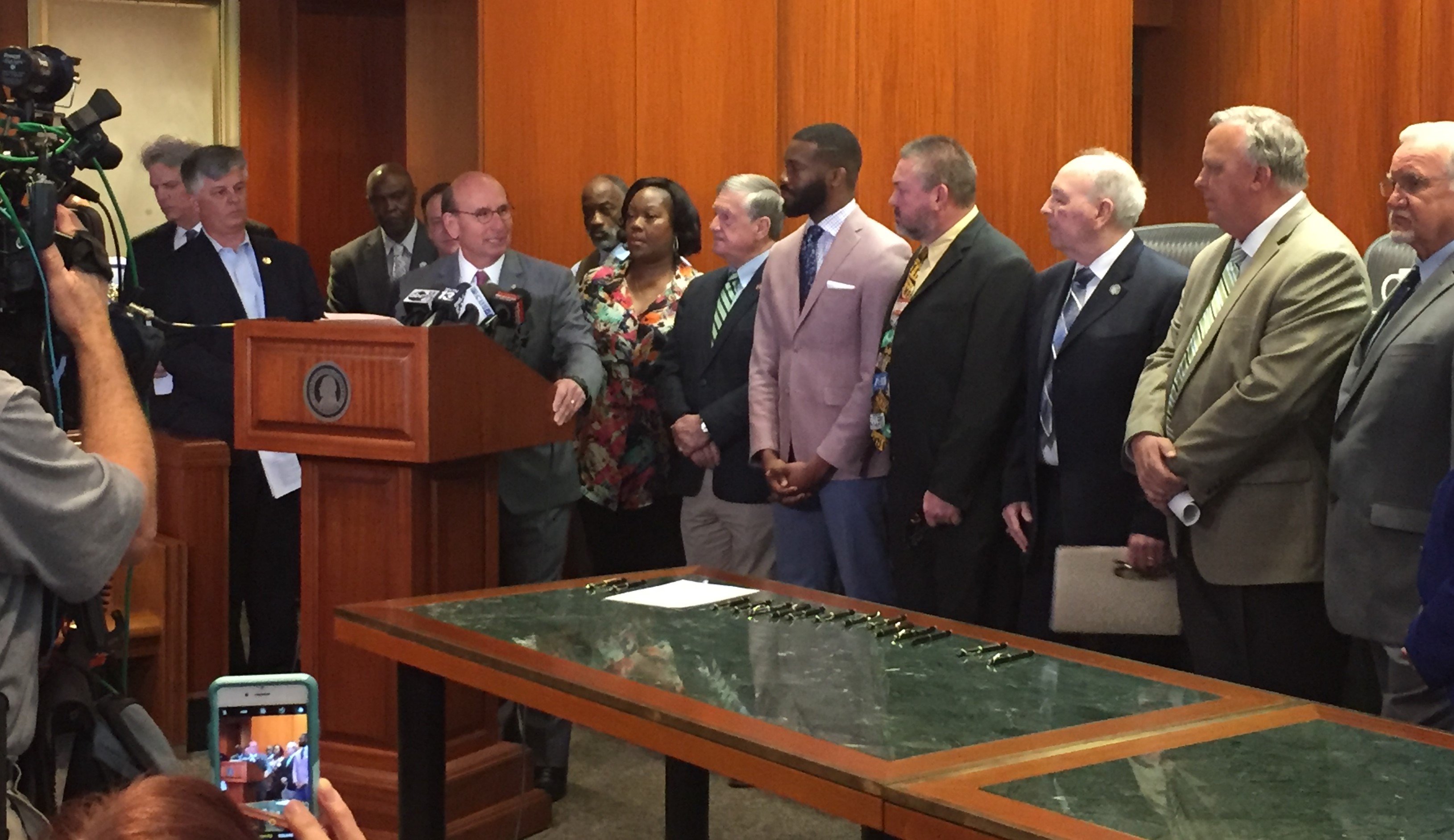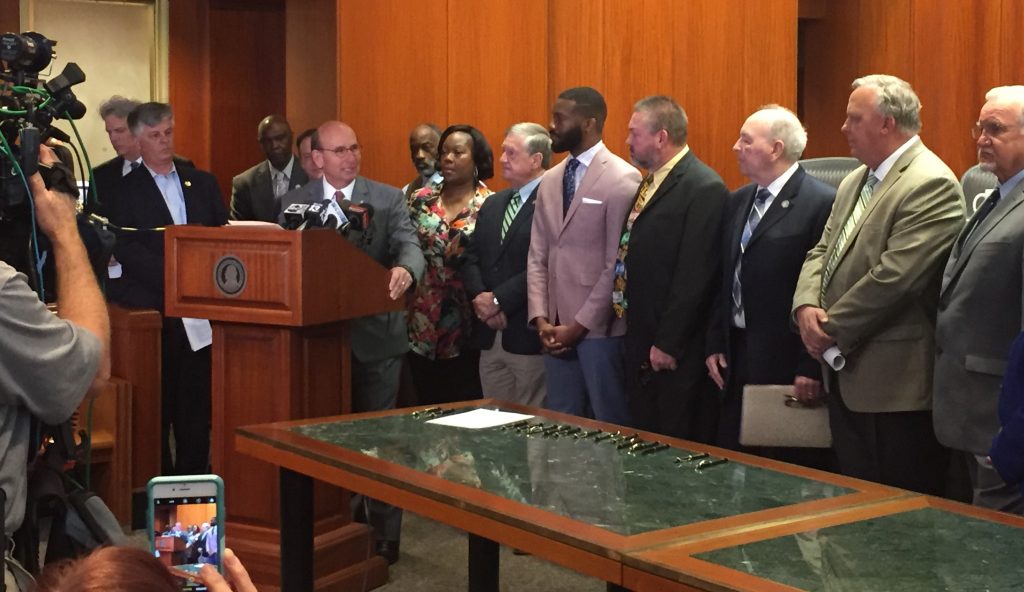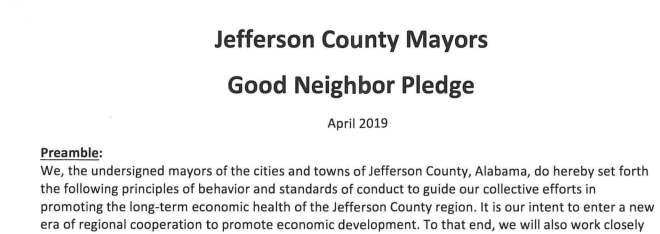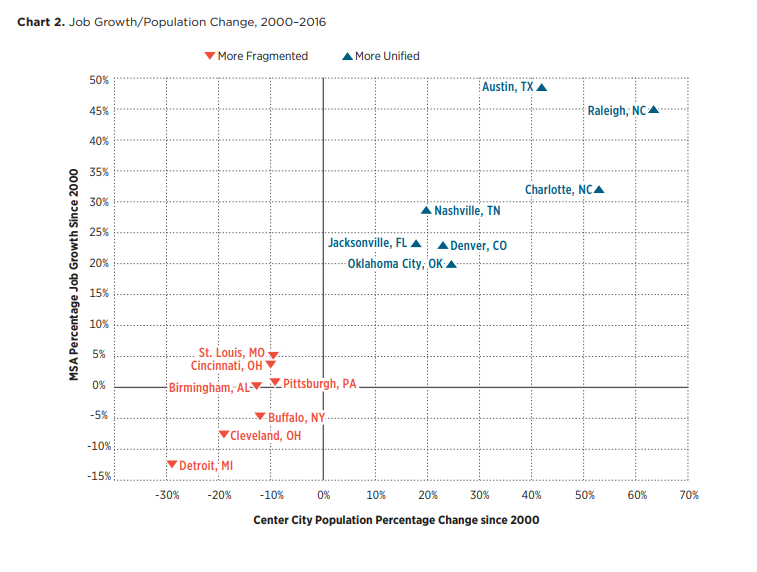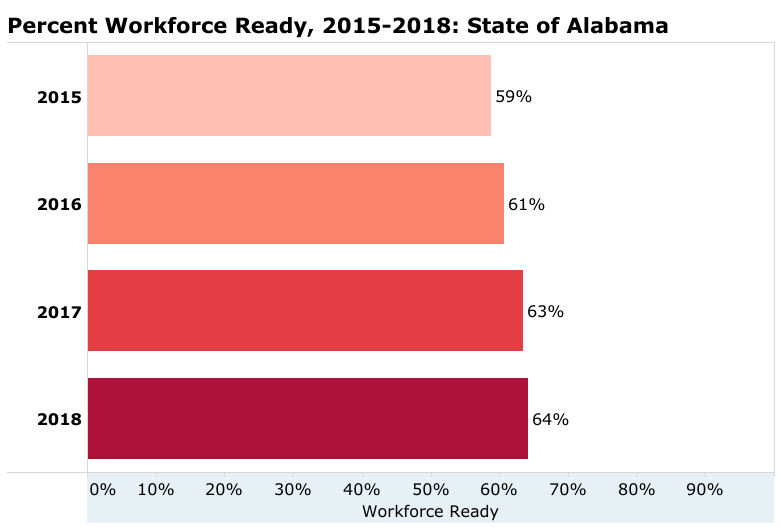
The WorkKeys Assessment is a standardized test given to 12th graders in Alabama public schools. The assessment is meant to measure skills relevant to many of today’s work environments.
In 2018:
- 64 percent of Alabama high school graduates in 2018 were
deemed workforce ready as measured by the ACT WorkKeys assessment, a year over yearimprovement of a half percent.
- At 94 percent, Hartselle had the highest percentage of
workforce ready
- High fluctuations occurred among the different certificate levels, with Platinum (highest level) and Gold dramatically increasing, but Silver decreasing. Bronze (below workforce ready) increased, though the percent not earning a certificate decreased.
What is WorkKeys?
The WorkKeys assessments are meant to provide a meaningful assessment of applied cognitive skills useful in contemporary work settings. It is also one of the components of Alabama’s College and Career Ready measure.
The assessments do not measure a student’s attitudes about work, dependability, interpersonal skills, teamwork, communication skills, or instincts for creativity, innovation, or leadership. They also do not provide insight
The Assessments. The assessments consist of three tests of applied cognitive skills which are relevant, according to ACT’s research, to over 20,000 occupations:
- The Applied Math test measures critical thinking, mathematical reasoning, and problem-solving techniques for situations in today’s workplace.
- The Graphic Literacy test measures the skill needed to locate, synthesize, and use information from charts and graphs.
- The Workplace Documents test measures the skills needed to read and understand written text such as memos, letters, directions, signs, notices, bulletins, policies, and regulations on the job.
Students are awarded a National Career Readiness Certification in they score a Platinum, Gold, Silver, or Bronze score on the WorkKeys.
Platinum: These are students with the highest level of applied cognitive skills. According to ACT, students at this level have demonstrated applied foundational skills for 96 percent of the occupations in the ACT jobs dataset.
Gold: Those earning a Gold level certificate should have the applied foundational skills for 90 percent of jobs in the database.
Silver: Students scoring at the Silver level should have the applied foundational skills for 71 percent of jobs in the ACT database.
Bronze: Students earning a Bronze certificate are judged to be ready for 16 percent of jobs.
In Alabama students earning a Silver certificate or above are considered career ready.
2018 Assessment Results
The following charts show the percent of graduates in Alabama who demonstrated workforce readiness on WorkKeys assessments at the state, local system, and school level.
Workforce Ready at the System Level
Listed below are the top ranked systems based on workforce readiness assessed through WorkKeys:
- Hartselle City – 94 percent of students
- Mountain Brook – 91 percent of students
- Cullman – 88 percent of students
- Oneonta – 86 percent of students
- Guntersville -85 percent of students
There does appear to be some correlation between performance on the WorkKeys and the ACT exam, but not an exact one-to-one match. For example, some systems achieved a comparable state ranking on both sets of assessments:
- Mountain Brook was number 1 on the ACT and 2 on WorkKeys
- Shelby County was 8th on the ACT and 8th on WorkKeys.
However, other systems saw a larger separation.
- Vestavia Hills was 2nd on the ACT and 16th on WorkKeys.
- Madison City ranked 4th on the ACT and 18th on
WorkKeys . - Trussville was 6 and 25, respectively.
All of the systems in the top 10 on the ACT are in the top 25 on WorkKeys, except Auburn.
At the same time, a number of less affluent systems demonstrated progress on the WorkKeys assessment over the previous year. Those systems showing the most improvement over 2017 included:
- Perry County – 28 percent increase
- Elba – 27 percent increase
- Alexander City – 25 percent increase
- Thomasville – 21 percent increase
- Sheffield – 18 percent increase
Change in Certificate Levels
Significant Growth in Platinum and Gold Certificates. Students are deemed workforce ready if they achieve certification at the Platinum, Gold, or Silver levels. The charts show that the percent at each of these levels from 2015 through 2017 increased moderately each year and the distribution of students across the different levels remained about the same. However, ACT’s decision to change one of the tests for a new one apparently led to dramatic changes in the scoring of the WorkKeys test, producing far more Gold and Platinum level certificates:
- Platinum certificates dramatically increased from essentially zero percent all three previous years to 10 percent of students in 2018.
- Gold certificates, remaining fairly stable around 15 percent in the previous three years also showed a more significant increase to 19 percent in 2018.
- Silver certificates dropped to 35 percent in 2018 after increasing to from 43 percent in 2015 to 48 percent in 2017.
Overall, this resulted in roughly the same percent workforce ready, but with a positive trend toward higher certification levels. Furthermore, while the percent of Bronze certificates increased, the percent with no certificate decreased. This is a positive trend with more students edging toward the readiness threshold.
Change in Certificate Levels at the System Level
Platinum: None of the systems decreased at the Platinum level. While a fair number showed no growth, the vast majority increased. In 2017, Sheffield generated the highest percent of Platinum level students of any system in the state at only two percent of its students. All other systems were at zero or one percent. In 2018, Mountain Brook increased from one percent to 41 percent, followed by Homewood, which increased from one percent to 29 percent. Each of the remaining schools in
Gold: Cullman generated the highest percentage of Gold Certificates, followed by Hartselle. The percentage receiving Gold increased for most systems, though not at the level of change experienced for Platinum. Fourteen systems generated fewer Gold Certificates in 2018, including some of the top academic systems. Supposedly more of their high performing students moved into the Platinum level. Statewide, Thomasville generated the highest increase in Gold Certificates, moving them into the top five in overall state rankings.
Silver: Finally, most systems decreased in the percentage of students receiving Silver Certificates, the threshold for being considered workforce ready. The highest gains were in Perry County and Elba. The highest decreases were in Mountain Brook, Jasper, Cullman, Marion County, and Brewton. Rounding this out, the percent of students receiving Bronze Certificates increased in the majority of systems, while the majority of systems have a lower
Possible Causes for the Change
A variety of explanations can be considered for the changes in WorkKeys results:
- Changes in the WorkKeys assessments;
- Stronger alignment between WorkKeys teacher training, test preparation, and test questions; and
- Stronger concerted efforts in schools to prepare students for the assessments.
In 2018 WorkKeys underwent a number of changes, though the only test section that involved significant content change was the Locating Information test, which is now called Graphic Literacy. The names used for the other two assessments were changed to their current titles, Applied Math and Workplace Documents, though apparently no significant content changes occurred in these assessments.
Changes in an assessment often lead to scoring changes and other issues that can affect results. The new Graphic Literacy test may account for the leap in higher certificates at the Platinum and Gold levels, but the new test is supposed to be more rigorous. While higher rigor would usually not be associated with higher scores, higher relevance in an improved test could produce better scores.
Aligned with the changes in the actual assessments are changes in teacher training and student prep tools, including practice exams. These are potentially a better fit with the formal assessments being rolled out than was available in preparation for the prior assessment.
More systems may also be using the ACT WorkKeys Curriculum, which is aligned with the WorkKeys assessments. The courses are delivered through a mobile-based learning management system. It provides students and teachers with a customized study schedule and detailed instructional content. While the curriculum can improve test performance, it is primarily designed to develop workplace-ready skills in students.
Subgroup Analysis
Analysis of WorkKeys results for student subgroup performance shows continuing disparity between subgroups. Use the filters to see how systems differ in subgroup performance. Some schools may be better at assisting struggling groups than others.
In looking at trends, all racial groups are showing progress from year to year, especially Asians, Native Americans, and black students. The gap between Asian students and all other races is growing. The gap between white and Hispanic students is also growing, while the gap between white and black students has remained about the same – but not closing. Black students are gradually closing the gap with Hispanic students.

